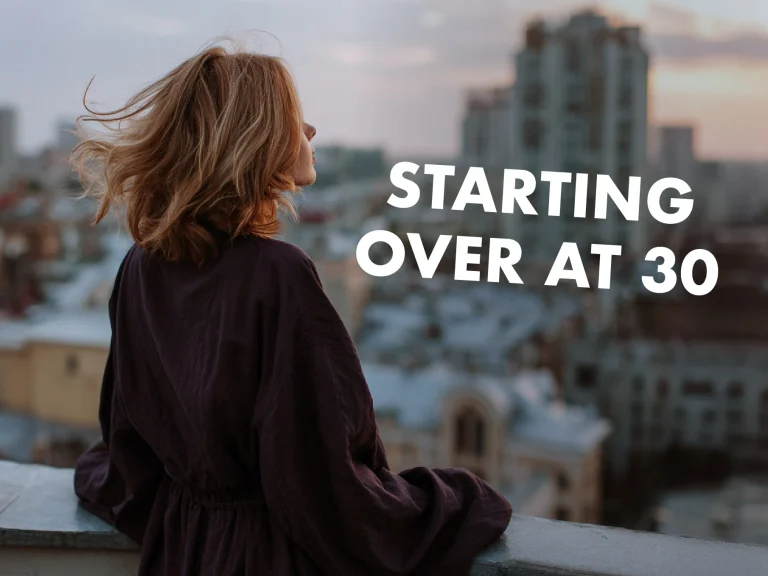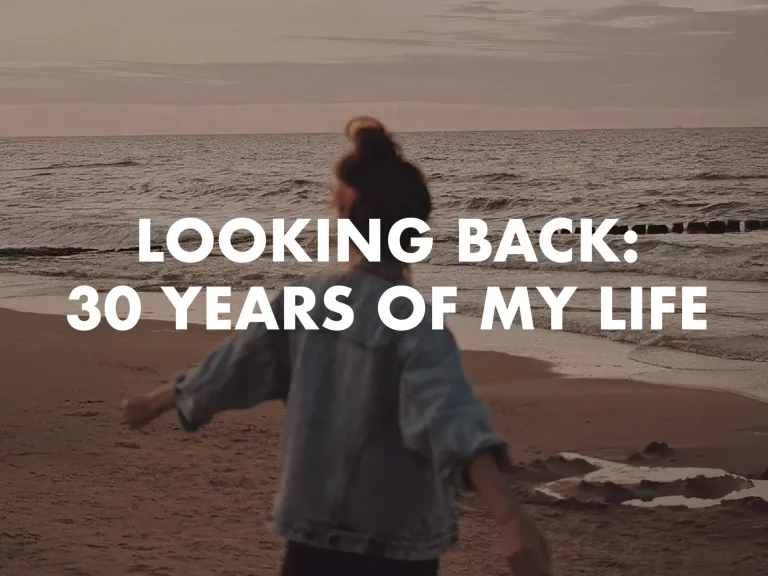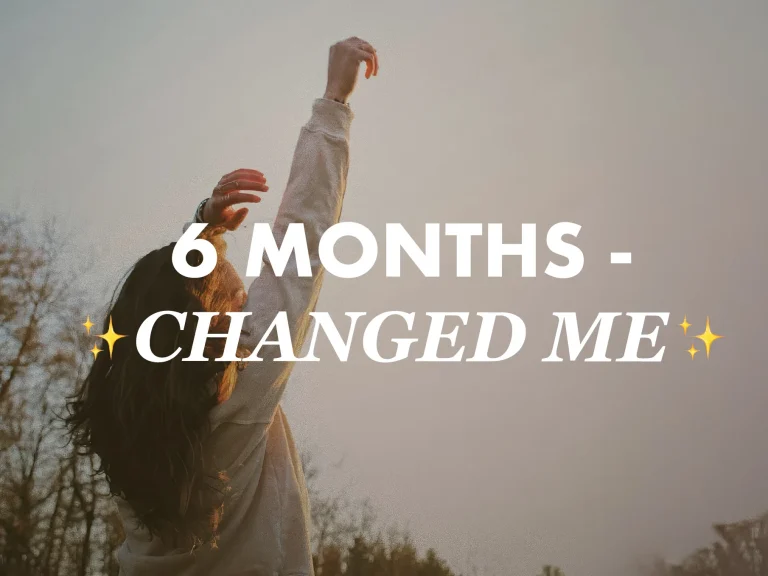How To Have A Productive Day Without Burning Out
Some mornings I wake up ready to conquer the world. Other days, I open my laptop, stare at the screen, and feel like everything is too much before 9 a.m. Sound familiar?
For a long time, I thought the only way to have a productive day was to push harder — to do more, faster. But that always led me to the same place: mentally drained, emotionally flat, and wondering why I still didn’t finish half the stuff on my list.
This post isn’t about grinding your way to success. It’s about building a routine that actually works for you — one that helps you feel focused and accomplished without burning out by 3 p.m. I’ve been experimenting with this a lot lately, and these are the habits and mindset shifts that genuinely make my days feel both productive and peaceful.
1. Start slow, on purpose
I used to roll out of bed and immediately reach for my phone. Emails, messages, news, to-dos — my brain would go from 0 to 100 before I even brushed my teeth. It felt efficient. It was actually exhausting.
Now, I give myself a slow start — even if it’s just 10–15 minutes. No screen. No tasks. Just me, a quiet moment, and something grounding. Sometimes it’s light stretching. Sometimes it’s sipping coffee on the balcony. That pause helps me enter the day with intention, not panic.

I remember one morning where I skipped my usual pause and went straight into back-to-back calls. By noon, I was so irritable I had to apologize to a coworker for snapping. Since then, even if I’m running late, I try to take at least 5 minutes to breathe before jumping in.
This small buffer sets the tone. I feel calmer, clearer, and more focused — which makes everything after it more productive.
2. Use “focus hours” instead of long to-do lists
A long to-do list looks productive — but it rarely feels productive. I used to write out 15 things I should do in a day. I’d maybe complete 5, feel bad about the rest, and then carry that guilt into the next morning.
These days, I plan my day around focus hours instead.
Here’s what that looks like:
- 1–2 high-focus blocks (60–90 mins) for deep work
- 1–2 lighter blocks (30–45 mins) for admin stuff
- Built-in breaks in between
It’s less about how much I do and more about when I’m doing it. I try to protect my most focused time — usually mornings — for the work that matters most.
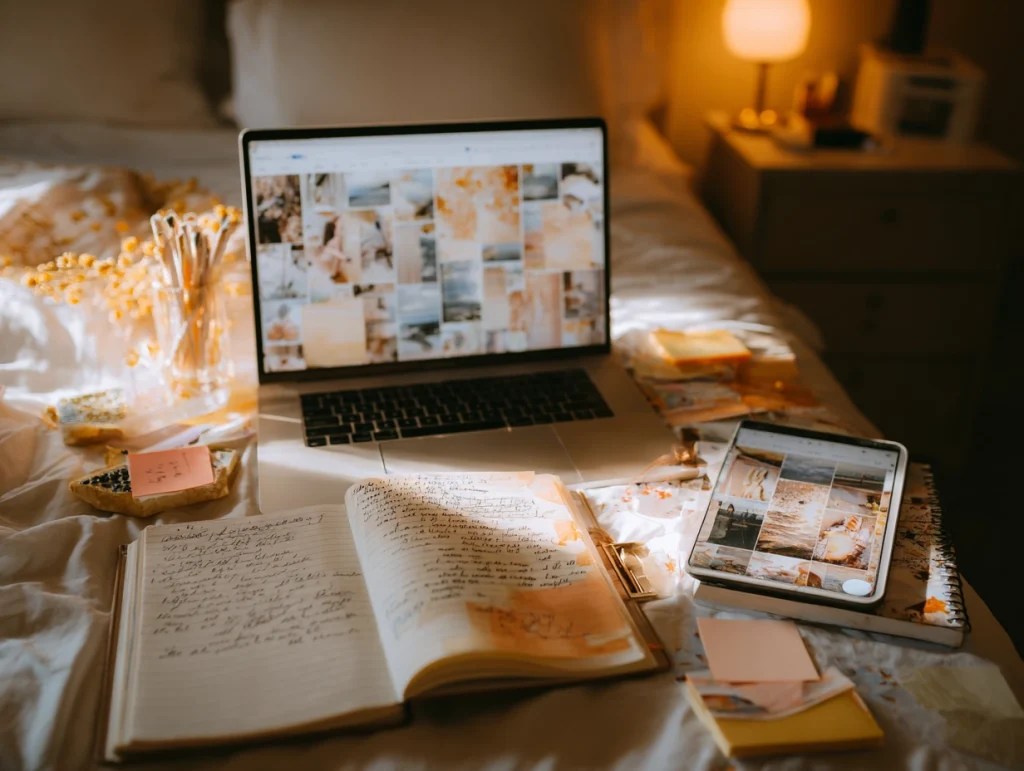
One thing that helped me stick with this: using a timer. I set it for 45 or 60 minutes and treat that time like a mini sprint. No checking email, no switching tabs. Just one task. Then break.
3. Make your breaks actually restorative
I used to scroll through Instagram during breaks and wonder why I still felt tired. Now I know: not all breaks are created equal.
A real break should give your brain a chance to reset. That could mean:
- Taking a short walk
- Lying down for 10 minutes with eyes closed
- Making a mindful cup of tea and sipping it slowly without distractions
- Doing something with your hands (tidying, sketching, etc.)
- Listening to music with no screen

Honestly, the hardest part is remembering to take breaks. I still catch myself skipping them when I’m in the zone. But I’ve learned the hard way that pushing through always costs me more energy later.
I started adding 15-minute “pause” blocks on my Google Calendar after lunch and mid-afternoon. At first, I ignored them. But now, they’re little built-in reminders to breathe and reset — and my afternoons are so much more focused.
4. Pay attention to your energy, not just your time
This one changed everything for me. For a while, I was obsessed with time management. Hourly schedules, time blocks, planners — you name it. But I still felt drained and behind.
Then I started tracking my energy instead. I asked myself:
- When do I feel most creative?
- When do I hit a slump?
- What drains me vs. what recharges me?

Turns out, I’m super sharp between 9–11 a.m., kind of useless around 3 p.m., and get random bursts of clarity after dinner. So now, I try to match my tasks to my energy — not fight against it.
If I’m low-energy, I don’t force deep work. I do admin stuff, answer emails, or go outside. When I’m in a groove, I ride it.
This isn’t always perfect, especially with meetings or external deadlines. But even a little awareness makes a big difference.
5. Define enough for the day
One thing I’m still learning: productivity isn’t about doing everything. It’s about doing what matters — and knowing when to stop.
Some days, “productive” might mean finishing a project. Other days, it’s sending two important emails and resting your mind. The point is, there’s no universal measure. You get to define what a successful day looks like for you.
On Fridays, I used to feel guilty if I wasn’t grinding right up to 6 p.m. Now, I make a short list of 3 priorities for the day. If I do those, I give myself full permission to log off early and enjoy the evening. That small shift made Fridays so much lighter — and I actually look forward to them now.
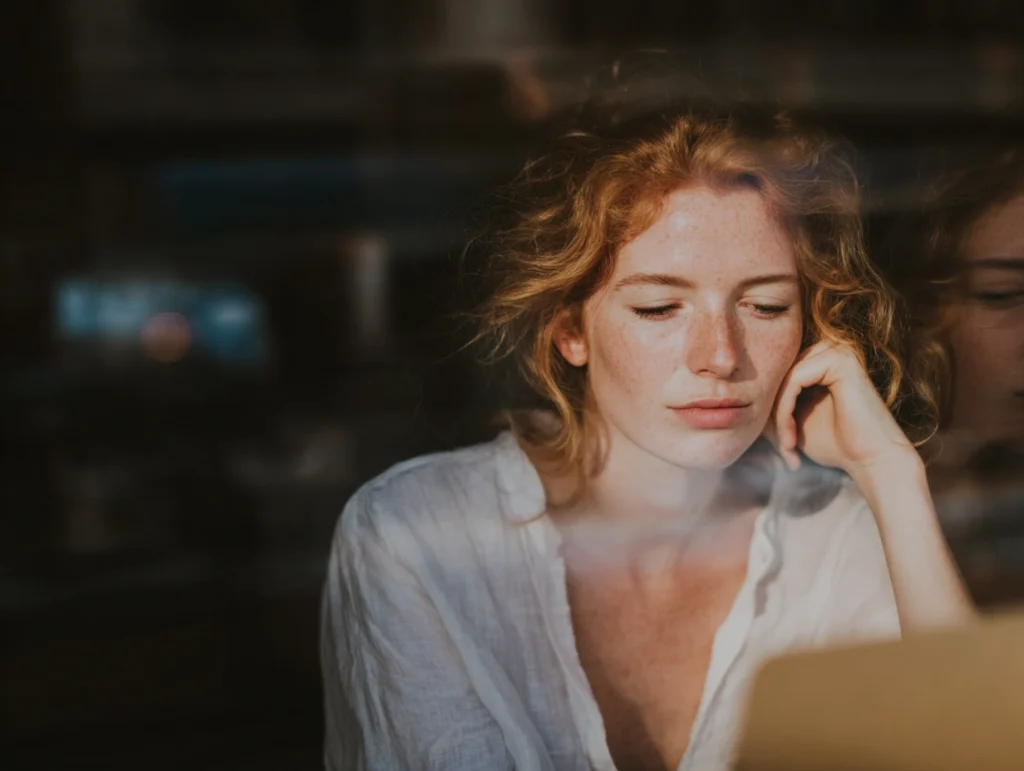
Giving yourself an internal finish line helps prevent that never-ending “I should be doing more” spiral.
6. Wind down with intention
A lot of us think of “productivity” as something that ends when we shut the laptop. But how you end your day really affects the next one.
If I close my day with chaos — random notes, 17 open tabs, unread Slack messages — I wake up already overwhelmed. But when I take 10–15 minutes to wind down intentionally, everything flows better.
Here’s what helps:
- Review what I finished
- Jot down what I didn’t (so I’m not carrying it in my head)
- Close open tabs or browser windows
- Clear my physical space (even just a quick reset)
I’ve also started setting one small intention for the next day. Something like, “Start with writing” or “Don’t open email before 10.” It’s not a strict rule — just a gentle nudge for future me.

I used to think I was “too tired” at the end of the day to do this. But after trying it for a week, I noticed how much calmer I felt in the mornings. It’s like giving yourself a soft landing at night and a head start tomorrow.
Final Thoughts
I used to believe that a productive day meant doing more, faster. But now, I think it’s about doing enough, with clarity — and still having energy left for your life outside the to-do list.
Some of these habits came naturally, and some took a lot of unlearning. I still have days where I overbook myself or skip breaks and crash by dinner. But overall, I’ve found that I’m getting more done and feeling better while I do it — and that’s the kind of productivity I want to stick with.
If you’ve been struggling to balance your goals with your well-being, maybe try just one of these shifts this week. You don’t have to overhaul your whole life. A few small, intentional changes can create way more ease than any planner ever could.
What does a productive day actually look like for you — and how would it feel to make space for that version?


